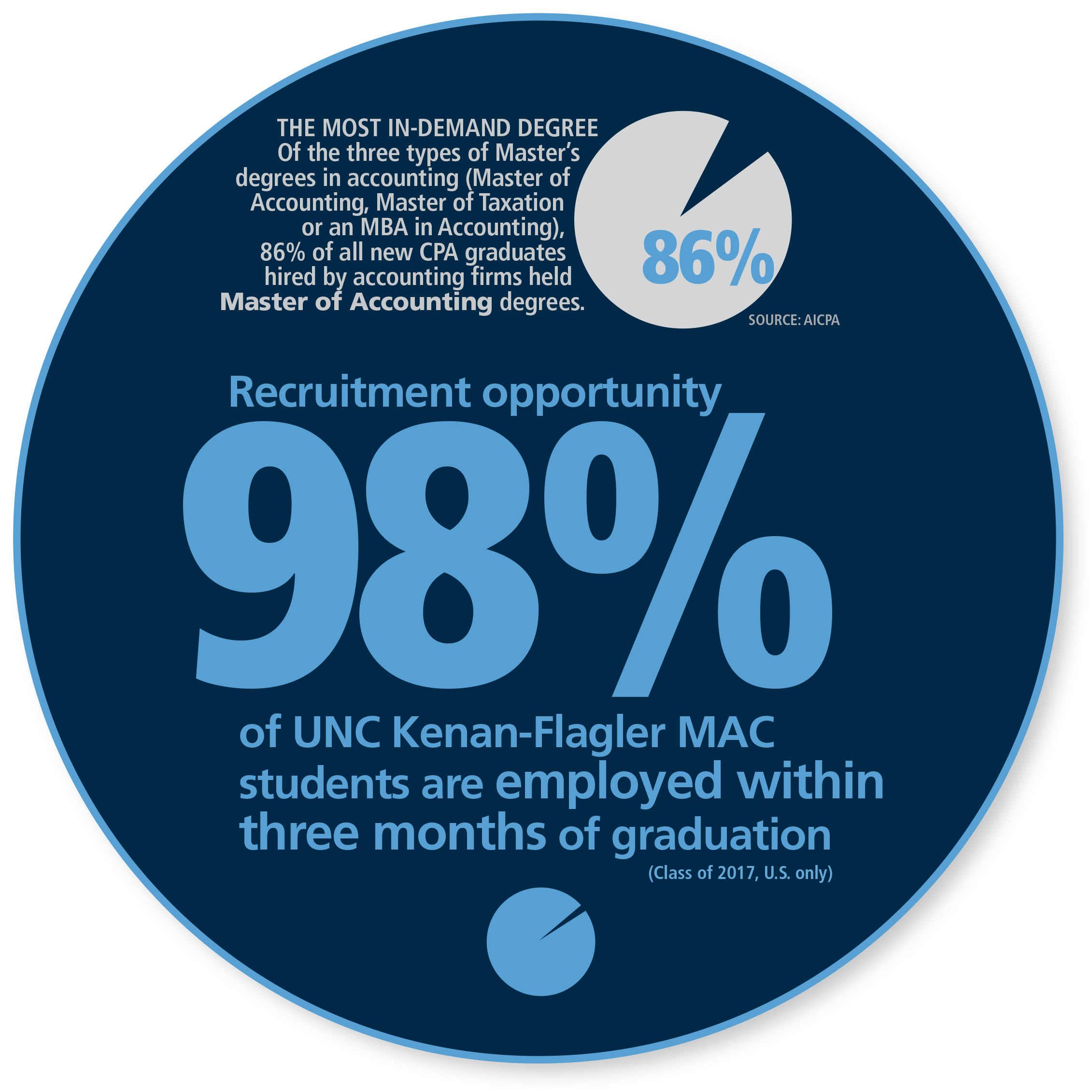

Be patient, persistent, and prepared to spend time on hold. In addition, due to the number of homeowners affected by the pandemic, lenders are dealing with a crush of calls and online queries. So you might read one thing from the FHFA, a federal regulator, but your bank might be doing something else. Just keep in mind lenders are working to figure out and implement the new mortgage relief polices outlined by the regulatory agencies. Your first stop in the face of financial hardship is your lender or bank. Grants are only available to homeowners who are 62 years old or older and cannot repay a Section 504 loan.Mortgage lenders, and the federal agencies that regulate lenders, are putting coronavirus mortgage relief measures in place to ensure homeowners have options if they're unable to make payments. They must need to make repairs and improvements to make the dwelling more safe and sanitary or to remove health and safety hazards. Įligibility: To obtain a loan, homeowner-occupants must be unable to obtain affordable credit elsewhere and must have very low incomes, defined as below 50 percent of the area median income. Purpose: The Very Low-Income Housing Repair program provides loans and grants to very low-income homeowners to repair, improve, or modernize their dwellings or to remove health and safety hazards. Applicants must be unable to obtain credit elsewhere, yet have reasonable credit histories. However, payment subsidy is available to applicants to enhance repayment ability. Families must be without adequate housing, but be able to afford the mortgage payments, including taxes and insurance, which are typically 24 percent of an applicant's income. Very low income is defined as below 50 percent of the area median income (AMI) low income is between 50 and 80 percent of AMI moderate income is 80 to 115 percent of AMI. Įligibility: Applicants for direct loans from USDA must have very low or low incomes. Funds can be used to build, repair, renovate or relocate a home, or to purchase and prepare sites, including providing water and sewage facilities. Purpose: Section 502 loans are primarily used to help low-income individuals or households purchase homes in rural areas. The annual premium is divided by 12 to arrive at the premium charge per month. Mortgage Insurance: USDA Loans require 1.0% of the loan amount in up front funding fee, and a monthly mortgage insurance premium based on up to 0.5% of the balance annually. Veterans Administration as a qualified mortgagee Fannie Mae for participation in family mortgage loans Freddie Mac for participation in family mortgage loans any FCS (Farm Credit System) institution with direct lending authority any lender participating in other USDA Rural Development and/or Farm Service Agency guaranteed loan programs. There are deductions, however, that USDA Underwriters allow, and oftentimes those calculations will pull a family under the Maximum Household Income Limit.Īpproved lenders under the Single Family Housing Guaranteed Loan program include:Īny State housing agency lenders approved by HUD for submission of applications for Federal Housing Mortgage Insurance or as an issuer of Ginnie Mae mortgage backed securities the U.S. For instance, Social Security Income from an elderly relative living in the home would be considered when determining the maximum household income - even if that relative was not going to apply to be on the mortgage loan. The Maximum Household Income Limits are based upon everyone in the home who is a wage earner, even if their income is not going to be used to qualify for the USDA Loan. USDA Home Loans have Maximum Household Income Limits which vary by the county in which you purchase a home the income limits change annually. Additionally, the property must be located within the USDA RD Home Loan "footprint." USDA Loans offer 100% financing to qualified buyers, and allow for all closing costs to be either paid for by the seller or financed into the loan.

In addition, applicants must have reasonable credit histories. Families must be without adequate housing, but be able to afford the mortgage payments, including taxes and insurance. For home loans that may have an income of up to 115% of the median income for the area.


 0 kommentar(er)
0 kommentar(er)
